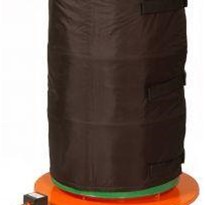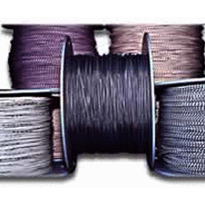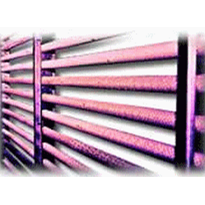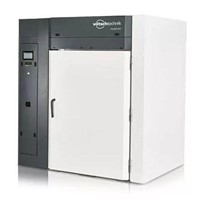Some key benefits of induction include:
Temperature uniformity
Induction heating distributes heat energy evenly over the area where the coil is wound or the blanket is placed, providing even, consistent heat to the base material. In comparison, flame heating requires manual motion that is difficult to control, while resistance heating pads often do not touch the part consistently, causing uneven heat and stresses on the weld. ProHeat systems use sensors to accurately report and record the joint temperature. Induction heating components also make cycle interruptions unlikely, which is critical to productivity in stress relieving.
Reduced cycle time
Induction provides significantly faster setup and time-to-temperature. Resistance heating often requires a preheating contractor, which can result in delays and long heating time that cause welder downtime. With induction, welders can heat their own parts, maximizing efficiency. And the time-to-temperature can be achieved in minutes compared to hours for resistance heating. On thick, thin and odd-shaped parts, it’s not uncommon to expect a more than 50% reduction in total cycle time with induction.
Efficiency/utility costs
The induction heating process is very efficient, and most of the electrical energy used actually generates heat inside the part. Utility costs are typically much lower than other methods. With flame heating, the majority of the heat energy created is wasted in the open air. Resistance heating wastes electrical energy because of the large transformer in the power supply, and because only one side of the heating element sits against the cold part. Many customers who convert to induction heating can earn rebates from utility companies because of the efficiency improvements.
Versatility
Induction can be used on many shapes, sizes and types of parts, from pipe and flat plate to elbows and valves. One aspect of induction that makes it attractive for complex shapes is the ability to adjust the coils during the heating process to accommodate unique parts and heat sinks.
Minimized safety risks
Flame and resistance methods heat workpieces from the outside in, so they carry the risk of burn injuries. Resistance heating uses ceramic pads that stay hot long after the joint has been brought to temperature, while flame heating carries the risk of fires and even explosion. With induction, only the workpiece gets hot; the cables, blankets and wraps don’t, so there’s less chance of injuries or accidents and the operator is less fatigued from the heat.
Decreased consumables costs
The insulation used in induction is easy to attach to workpieces and can be reused over and over. Also, induction coils are robust and don’t require fragile wire or ceramic materials. Compare this to the ceramic fiber insulation used in resistance heating, which can be used only once or twice before it must be discarded, requiring a large inventory of insulation and significant costs for disposal of potentially hazardous material.
Ease of use
A major benefit of induction is its simplicity. Insulation, blankets and cables are simple to install, usually taking less than 15 minutes, and they can be easily adjusted.






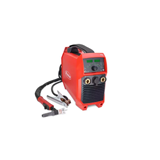

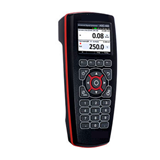

-160x160-state_article-rel-cat.jpg)



-160x160-state_article-rel-cat.png)


-160x160-state_article-rel-cat.png)






